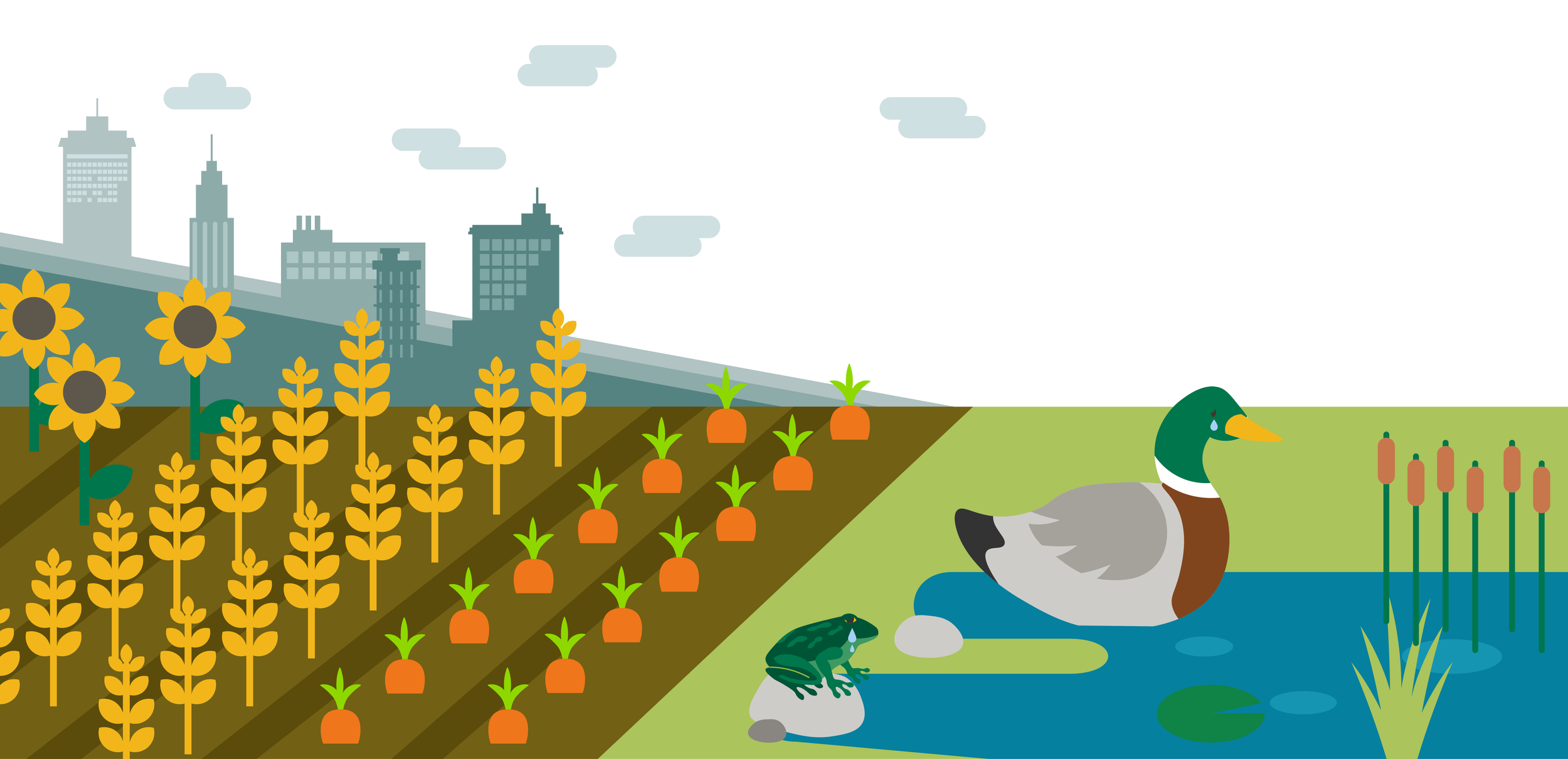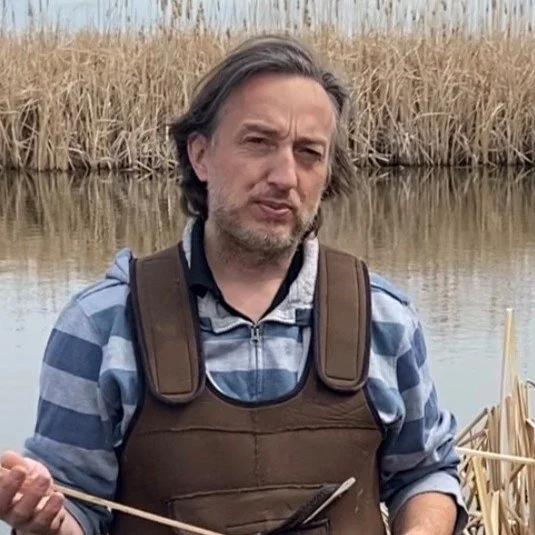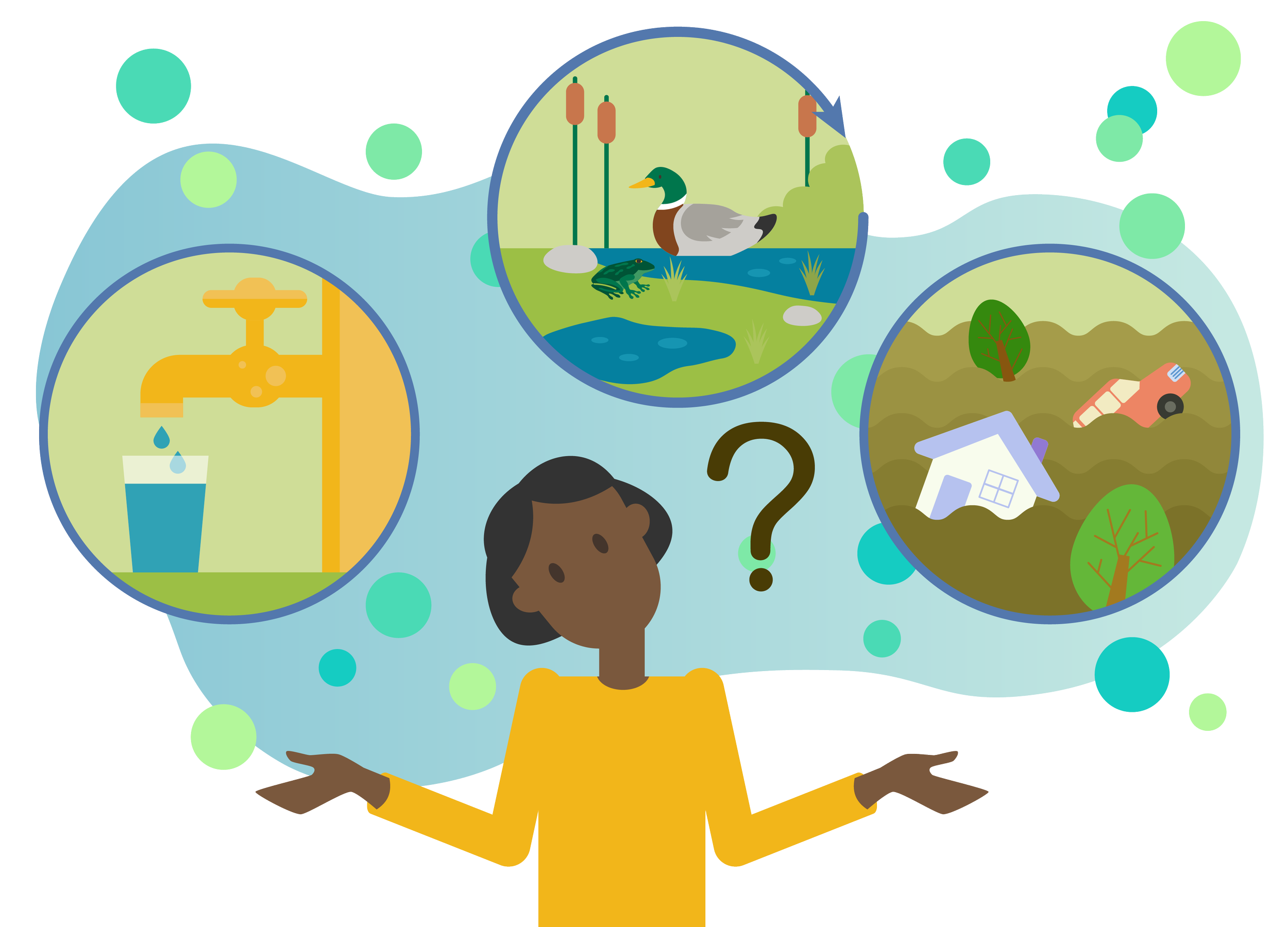Restoring and conserving wetlands
Wetlands sequester carbon and are a key natural climate solution. They also filter pollutants, provide habitat, and reduce flooding
Restoration of small wetlands in farm fields holds great promise as a nature-based solution to climate change, while also improving water quality, providing wildlife habitat, and protecting communities from flooding
Wetlands sequester organic carbon, and are one of the key nature-based solutions to climate change. Wetlands also intercept farm runoff, and reduce nutrient pollution by capturing them in sediments and plants. Further, they support biodiversity, protect communities from flooding, and maintain minimal water levels during droughts.
Despite these many benefits, wetlands are being lost to agricultural development and urbanization at alarming rates all over the world. When we lose a wetland to development, it takes hundreds of years to restore the wetlands lost. Small, apparently isolated wetlands, are the most at risk to being drained for farming or development.
“Governments around the world and in Canada have regularly struggled to adequately protect and restore wetlands because other land uses have been viewed as being more economically viable, such as urban development and agriculture.”
Pascal Badiou, project partner and research scientist for Ducks Unlimited Canada.
How can we protect our remaining wetlands? How can we incentivize communities to restore lost wetlands? What are the costs and benefits? Which locations in the landscape can offer us the greatest benefits to restoration?
What will SOLUTIONSCAPES do?
SOLUTIONSCAPES will enable the identification of optimal locations for wetland restoration across the landscape. We will develop spatial optimization models to create blueprints of restoration, as a function of prioritizing specific ecosystem services (flood protection, nutrient removal, carbon sequestration, wildlife habitat). For example, if flood protection is the goal it might be more important to protect larger, downstream wetlands. However, if improving water quality is a goal, it might be more important to restore small farm wetlands.




